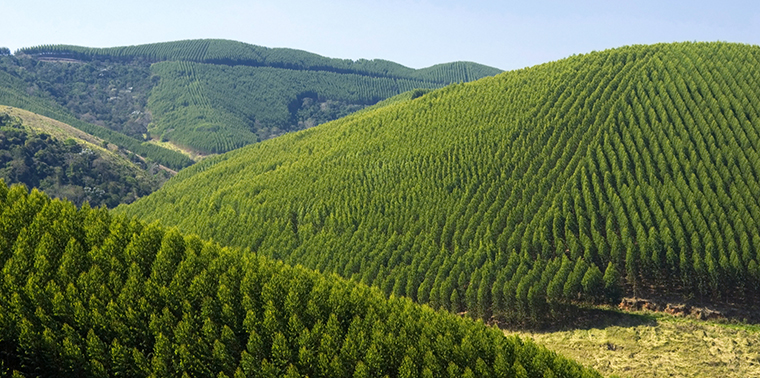October 2, 2015 — Note to anyone who thinks planting trees is the bees’ knees: Grasslands are important, too.
With forests disappearing at record rates and the carbon sequestration and other benefits of vegetation getting increasing visibility, tree-planting has become almost an iconic “environmentally friendly” activity. But in some cases it could do more harm than good, according to Iowa State University ecologist Joseph Veldman and colleagues.
In a paper published in the October 2015 issue of the journal BioScience, the researchers point out that the current emphasis on trees as tools for sequestering atmospheric carbon has led to a number of initiatives that encourage planting trees on grasslands or allowing forests to expand into grasslands. The U.N. Framework Convention on Climate Change’s Clean Development Mechanism, for example, offers carbon credits for foresting grasslands, the Food and Agriculture Organization of the United Nations does not distinguish for policy purposes between closed-canopy forests and grassy biomes with trees, and carbon valuation systems such as CDM and REDD+ favor forests over other types of land cover.
“Despite overwhelming evidence of their antiquity and richness, the misperception persists that grassy biomes are degraded ecosystems formed as a result of human-caused deforestation,” the researchers write. The result, they note, are “alarming rates” of loss of grasslands. That in turn leads to loss of unique flora and fauna that depend on grassland biomes, the authors note, and compromises grasslands’ capacity for sequestering carbon below ground in root systems and providing other ecosystem services.
To illustrate what they call “the tyranny of trees,” Veldman and colleagues took locations mapped as opportunities for forestation in the Atlas of Forest Landscape Restoration Opportunities, published by the World Resources Institute and the International Union for Conservation of Nature, and cross-mapped them with maps of grassy biomes around the world. They found that the atlas identified 9 million square kilometers (3 million square miles) of “ancient grassy biomes” as having potential for foresting.
Veldman and colleagues concluded by encouraging policy makers to acknowledge the value of these ecosystems in their own right and to integrate efforts to conserve forests and grasslands around the world in a way that takes into account the many services grasslands provide. Specifically, they recommended creating vegetation maps that include grasslands and savannas, assigning appropriate value to diverse vegetation types, and revising carbon valuation systems as well as widely accepted definitions of forest to formally recognize the importance of other types of land cover. ![]()
Ensia shares solutions-focused stories free of charge through our online magazine and partner media. That means audiences around the world have ready access to stories that can — and do — help them shape a better future. If you value our work, please show your support today.
Yes, I'll support Ensia!

Even before we where here forest did not cover the planet. The Sahara "desert" for the last 3 million years has gone from desert to lakeland and back to desert in 20,000 year cycles.
There is a fair indication that savanna's played an intergal role in our evolutionary path.